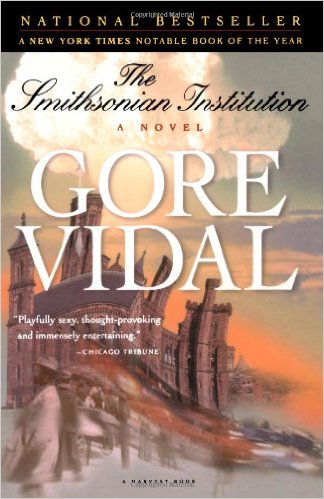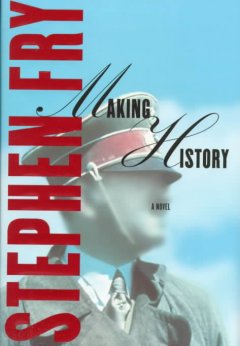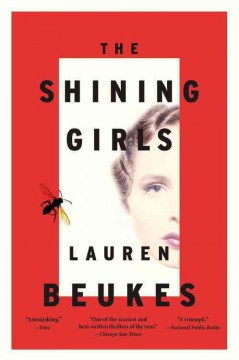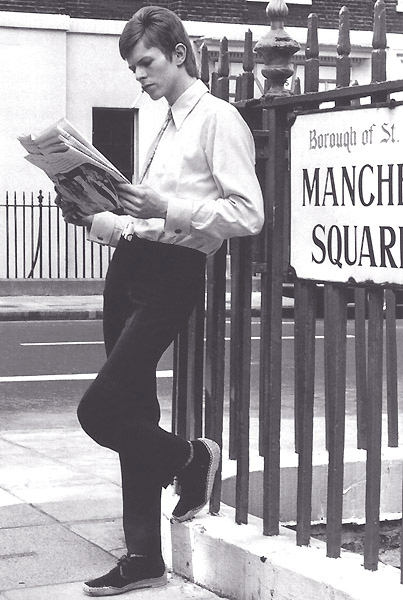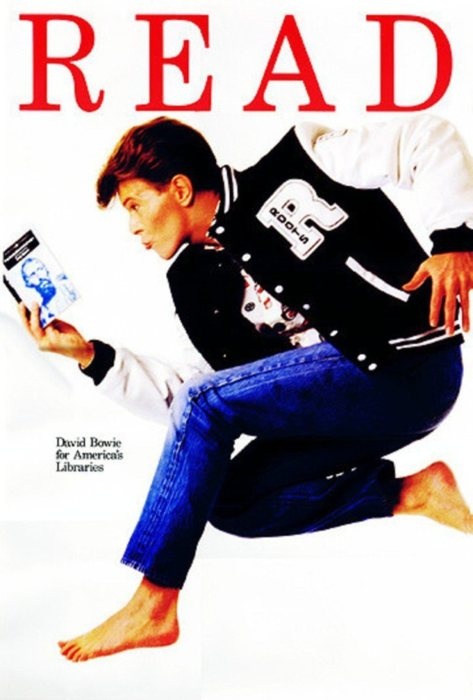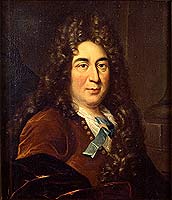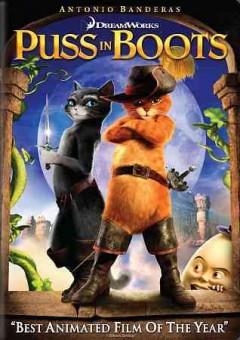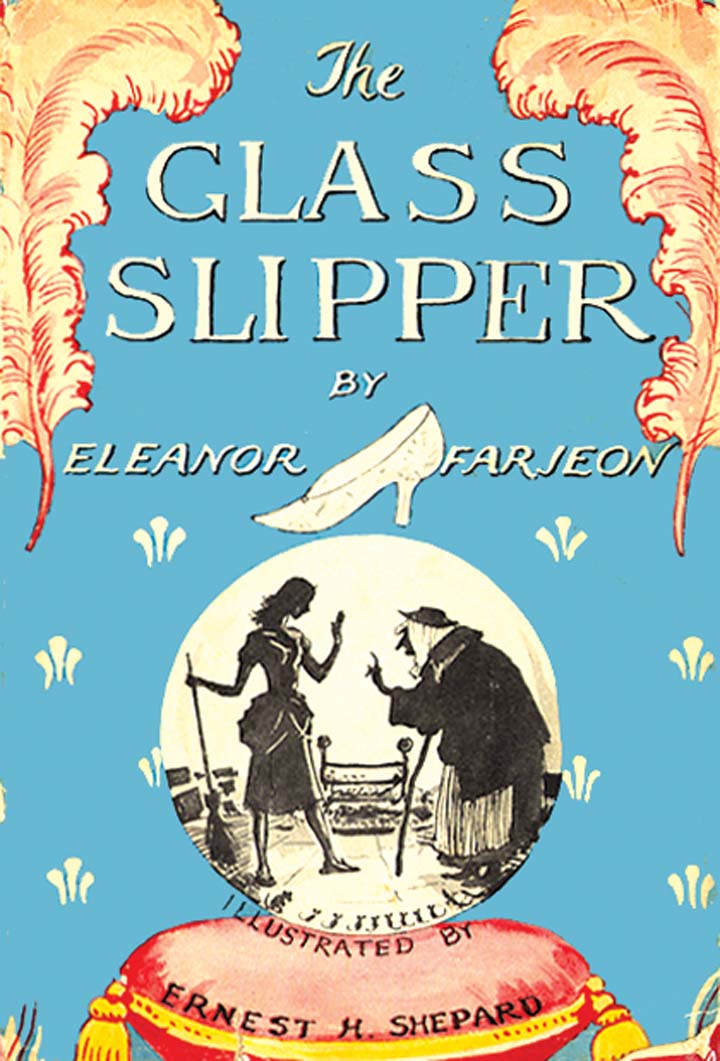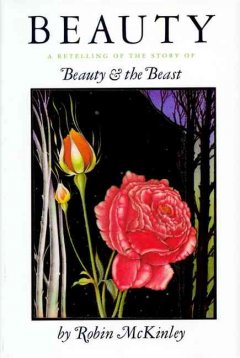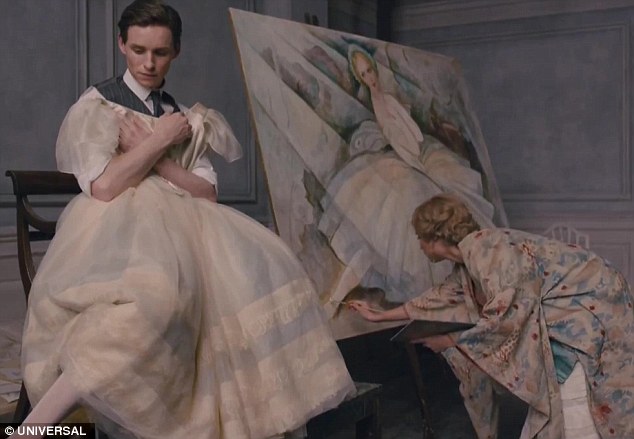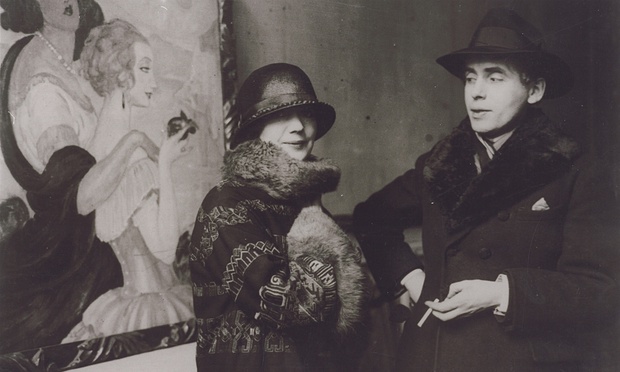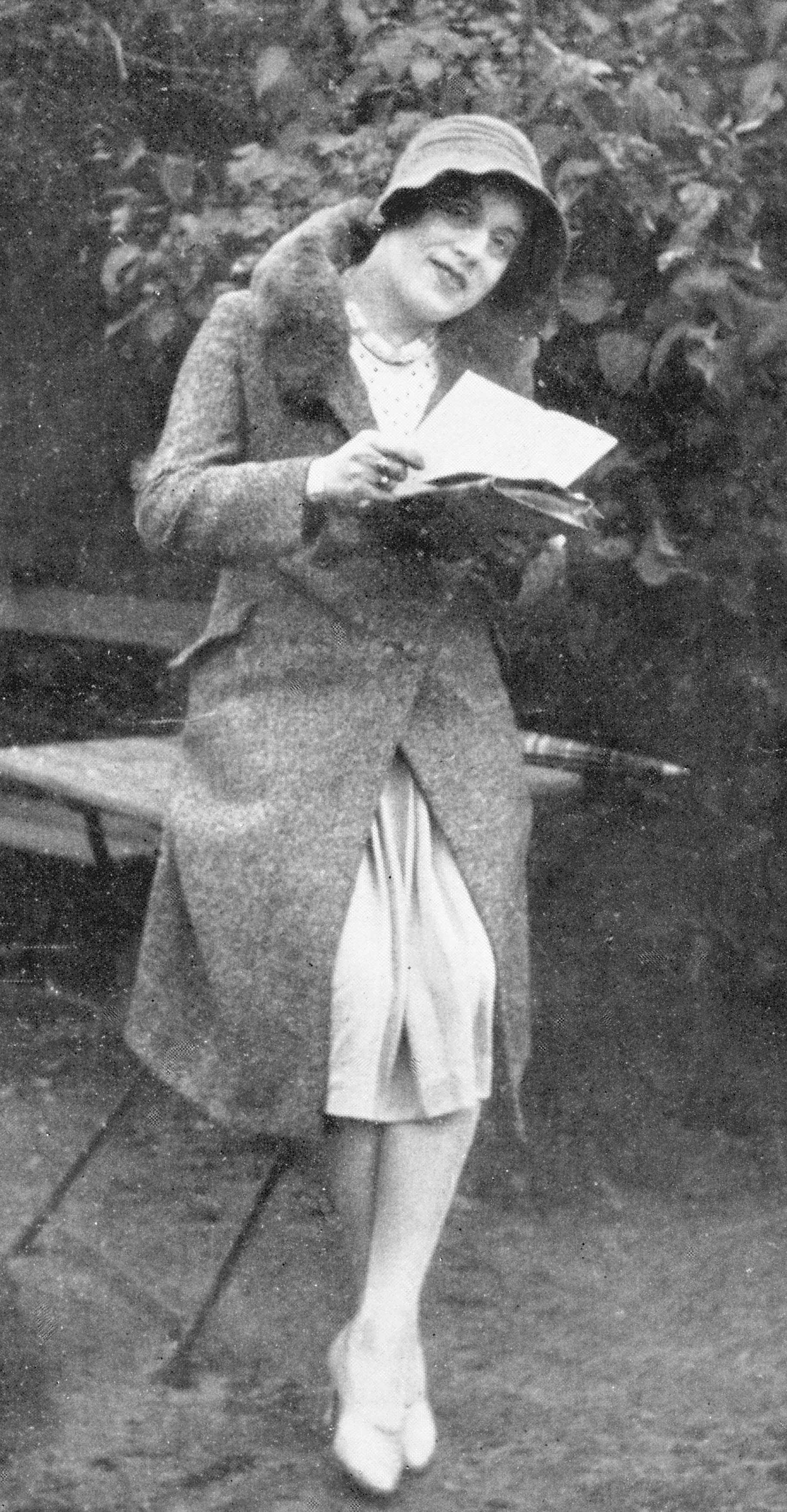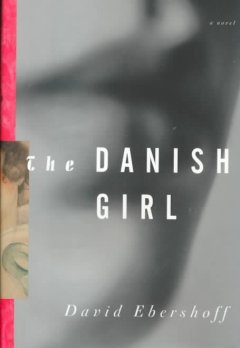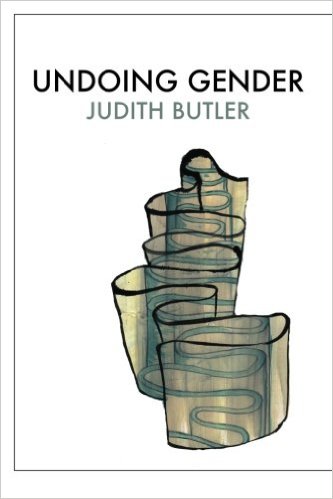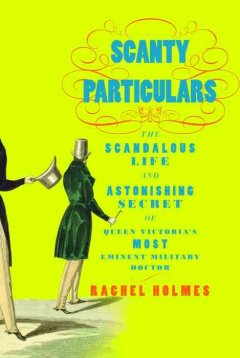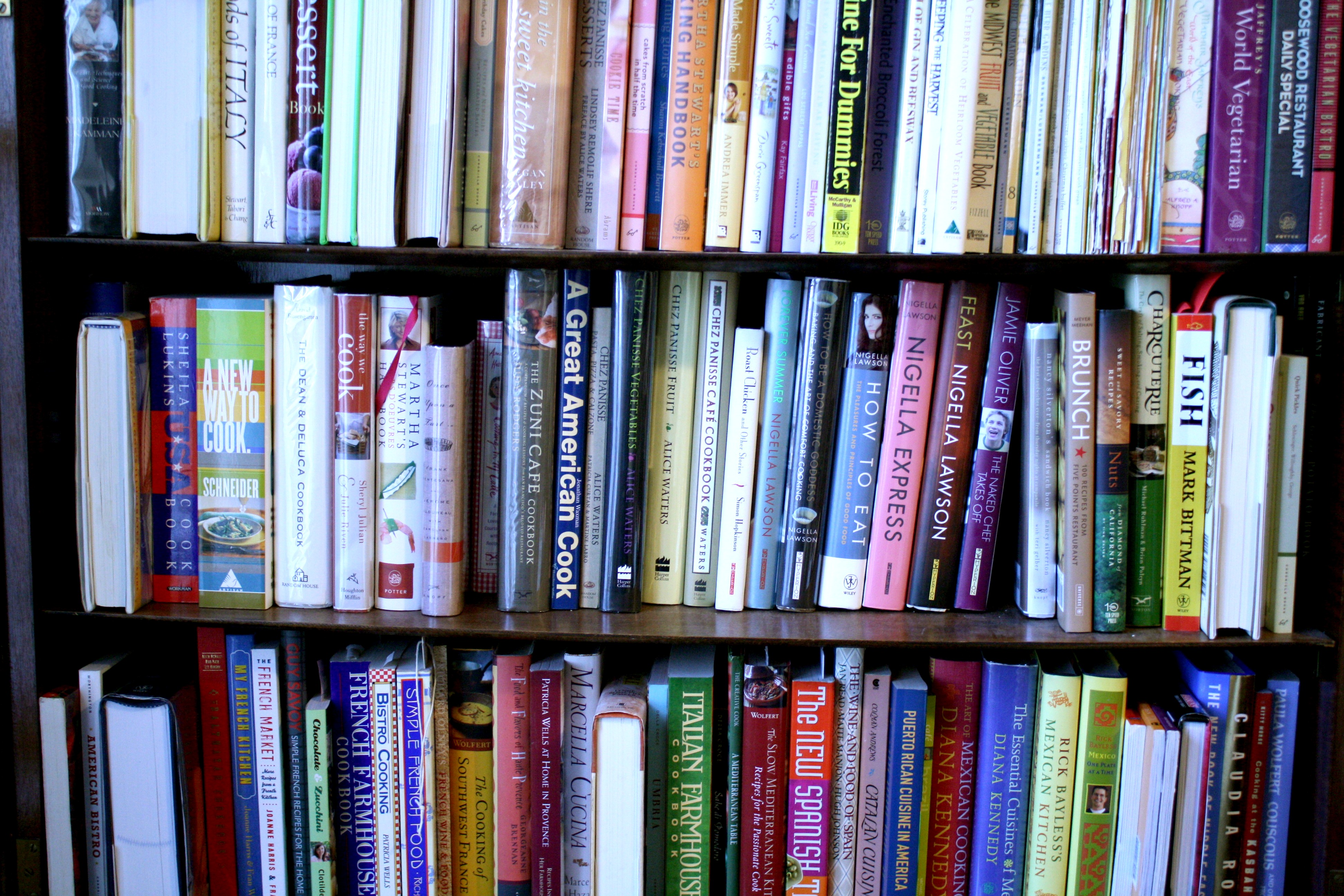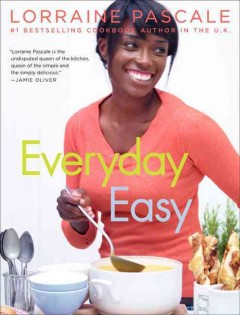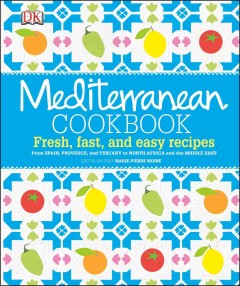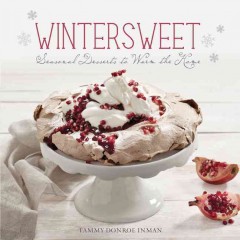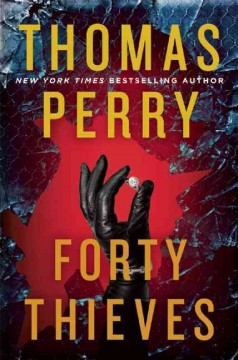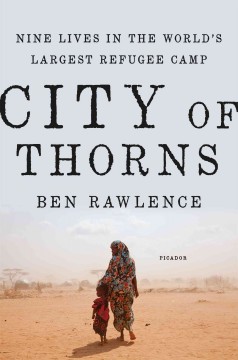As promised, dear readers, a number of new books have made it on to our shelves this week–nearly all of them fiction. January is a bit of a slow month for publishing (every one is still recovering from the holidays, businesses and people alike), so what does come out this time of year tends to be the really interesting stuff, the stuff that will made the hard-core readers sit up and take notice (ahem…hello.) So it is my sincere hope that these books give you a little bit of an escape from the chill and the gloom of January, and keep your imagination racing!
…Also, apparently it’s National Hot Tea Month. Celebrate appropriately.
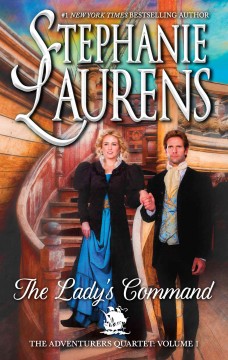 The Lady’s Command: Perennial fan-favorite Stephanie Laurens launches a new series, called The Adeventurers Quartet, with this tale of a marriage that it thoroughly unconventional…because it is emphatically a marriage of equals. When Captain Declan Frobisher first met Lady Edwina Delbraith, he knew that she was the woman for him…and, happily, Edwina seemed just as sure as Declan. But though Edwina may look like a delicate angel, she is determined to be Declan’s partner in all things. And if that means sailing with him to West Africa on a secret mission, then so be it. Booklist loved this one, saying “Laurens launches her new Adventurers Quartet on a high note, with a fast-paced tale that is jam-packed with dangerous intrigue and red-hot passion…..Readers looking for something a little bit different than the usual Regency historical will be delighted with the exotic African setting of the book as well as its swashbuckling plot…”
The Lady’s Command: Perennial fan-favorite Stephanie Laurens launches a new series, called The Adeventurers Quartet, with this tale of a marriage that it thoroughly unconventional…because it is emphatically a marriage of equals. When Captain Declan Frobisher first met Lady Edwina Delbraith, he knew that she was the woman for him…and, happily, Edwina seemed just as sure as Declan. But though Edwina may look like a delicate angel, she is determined to be Declan’s partner in all things. And if that means sailing with him to West Africa on a secret mission, then so be it. Booklist loved this one, saying “Laurens launches her new Adventurers Quartet on a high note, with a fast-paced tale that is jam-packed with dangerous intrigue and red-hot passion…..Readers looking for something a little bit different than the usual Regency historical will be delighted with the exotic African setting of the book as well as its swashbuckling plot…”
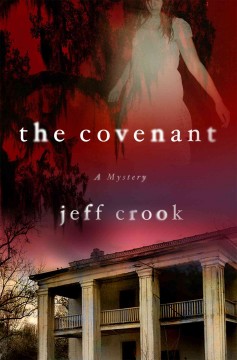 The Covenant: In this second adventure for former Memphis police detective Jackie Lyons, Jeff Crook provides another atmospheric mystery full of twists, turns..and a little ghostly mischief. There is little reason to think that Sam Loftin, Jackie Lyons’ father, didn’t commit suicide–except for the fact that Jackie witnessed his ghost playing out the last moments of his life, and there is definitely indication of foul play. But as her investigations goes deeper, she finds herself drawn into a local feud between the moneyed suburbanites and a charismatic preacher tended to the younger generation, and getting closer and closer to a secret that has been guarded by a secret society for generations… Publisher’s Weekly gave this book a starred review, hailing, “Jackie is a compellingly flawed lead, and Crook convincingly incorporates the supernatural into a nicely hard-edged noir.”
The Covenant: In this second adventure for former Memphis police detective Jackie Lyons, Jeff Crook provides another atmospheric mystery full of twists, turns..and a little ghostly mischief. There is little reason to think that Sam Loftin, Jackie Lyons’ father, didn’t commit suicide–except for the fact that Jackie witnessed his ghost playing out the last moments of his life, and there is definitely indication of foul play. But as her investigations goes deeper, she finds herself drawn into a local feud between the moneyed suburbanites and a charismatic preacher tended to the younger generation, and getting closer and closer to a secret that has been guarded by a secret society for generations… Publisher’s Weekly gave this book a starred review, hailing, “Jackie is a compellingly flawed lead, and Crook convincingly incorporates the supernatural into a nicely hard-edged noir.”
Fallen Land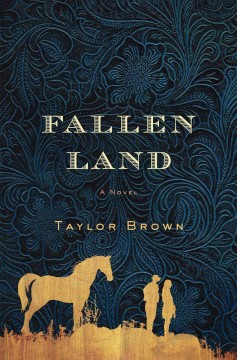 : Taylor Brown’s historical novel is being cheered as something of a marvel. Though set in the wake of the Civil War, this book is about a personal battle, a tale of love and loyalty set amidst the chaos of the post-war South, both small in scale and huge in scope. When Callum, a seasoned and skilled horse-thief, discovers orphaned Ava hiding in the crumbling remains of her family’s house, he determined to bring her to safety. Their trek will take them through the shattered beauty of the South, on the run from slave hunters and marauders, and bring them face to face with the remarkable survivors of the war, until their journey finally intersects with Sherman’s cataclysmic March to the Sea. Kirkus reviewed this book with gusto, saying, “Like McCarthy’s Border Trilogy or Frazier’s Cold Mountain, this is American literature at its best, full of art and beauty and the exploration of all that is good and bad in the human spirit.”
: Taylor Brown’s historical novel is being cheered as something of a marvel. Though set in the wake of the Civil War, this book is about a personal battle, a tale of love and loyalty set amidst the chaos of the post-war South, both small in scale and huge in scope. When Callum, a seasoned and skilled horse-thief, discovers orphaned Ava hiding in the crumbling remains of her family’s house, he determined to bring her to safety. Their trek will take them through the shattered beauty of the South, on the run from slave hunters and marauders, and bring them face to face with the remarkable survivors of the war, until their journey finally intersects with Sherman’s cataclysmic March to the Sea. Kirkus reviewed this book with gusto, saying, “Like McCarthy’s Border Trilogy or Frazier’s Cold Mountain, this is American literature at its best, full of art and beauty and the exploration of all that is good and bad in the human spirit.”
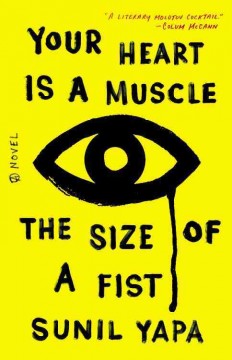 Your Heart is a Muscle the Size of a Fist: Sunil Yapa’s debut novel, set during the 1999 WTO protests in Seattle, brings together a cast of seven unlikely characters in a tale that puts readers directly in the middle of the hope, confusion, rage, and despair that ruled the streets during those historic days. Defiant and scrappy, young Victor decides to take part in the 50,000 strong protests in Seattle before leaving for good. But what began as a final fling in his hometown soon becomes an epic, life-changing afternoon that will force Victor, and those close to him and around him, to think long and hard about their lives, their futures, and make the achingly impossible choice between what might be, and what should be. The Washington Post cheers that this is “A fantastic debut novel…. What is so enthralling about this novel is its syncopated riff of empathy as the perspective jumps around these participants–some peaceful, some violent, some determined, some incredulous… Yapa creates a fluid sense of the riot as it washes over the city. Your Heart is a Muscle the Size of a Fist ultimately does for WTO protests what Norman Mailer’s Armies of the Night did for the 1967 March on the Pentagon, gathering that confrontation in competing visions of what happened and what it meant.”
Your Heart is a Muscle the Size of a Fist: Sunil Yapa’s debut novel, set during the 1999 WTO protests in Seattle, brings together a cast of seven unlikely characters in a tale that puts readers directly in the middle of the hope, confusion, rage, and despair that ruled the streets during those historic days. Defiant and scrappy, young Victor decides to take part in the 50,000 strong protests in Seattle before leaving for good. But what began as a final fling in his hometown soon becomes an epic, life-changing afternoon that will force Victor, and those close to him and around him, to think long and hard about their lives, their futures, and make the achingly impossible choice between what might be, and what should be. The Washington Post cheers that this is “A fantastic debut novel…. What is so enthralling about this novel is its syncopated riff of empathy as the perspective jumps around these participants–some peaceful, some violent, some determined, some incredulous… Yapa creates a fluid sense of the riot as it washes over the city. Your Heart is a Muscle the Size of a Fist ultimately does for WTO protests what Norman Mailer’s Armies of the Night did for the 1967 March on the Pentagon, gathering that confrontation in competing visions of what happened and what it meant.”
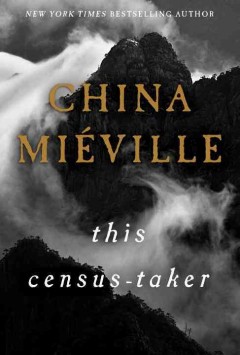 This Census-Taker: A new book by China Miéville is always a cause for celebration, and while this book isn’t quite as outlandish as his earlier works, it is just as atmospheric, unsettling, and engrossing as anything he has written to date. Set in a remote hilltop home in a remote and strange city, a young boy witnesses a horror will change his life. But his attempts to escape his home fail, and he soon finds himself trapped in the house with his increasingly deranged parent, dreaming of the lives the far-off children below might be living. When a stranger comes knocking on the door, the boy can only hope for deliverance–but who is this census-taker, and what is it he truly wants? RT Book Reviews certainly enjoyed this latest offering, saying, “The success of Miéville’s novella lies in its chillingly stark, strange atmosphere, which is alive with eerie menace and a haunting beauty that inevitably pulls readers in, even as the shifts in time and perspective obscure the full truth of the narrative. The result is something like the memory of a nightmare — at once realistic and fantastically surreal — that is bizarre, compelling and unnerving all at once.”
This Census-Taker: A new book by China Miéville is always a cause for celebration, and while this book isn’t quite as outlandish as his earlier works, it is just as atmospheric, unsettling, and engrossing as anything he has written to date. Set in a remote hilltop home in a remote and strange city, a young boy witnesses a horror will change his life. But his attempts to escape his home fail, and he soon finds himself trapped in the house with his increasingly deranged parent, dreaming of the lives the far-off children below might be living. When a stranger comes knocking on the door, the boy can only hope for deliverance–but who is this census-taker, and what is it he truly wants? RT Book Reviews certainly enjoyed this latest offering, saying, “The success of Miéville’s novella lies in its chillingly stark, strange atmosphere, which is alive with eerie menace and a haunting beauty that inevitably pulls readers in, even as the shifts in time and perspective obscure the full truth of the narrative. The result is something like the memory of a nightmare — at once realistic and fantastically surreal — that is bizarre, compelling and unnerving all at once.”
Until next week, beloved patrons–happy reading!





